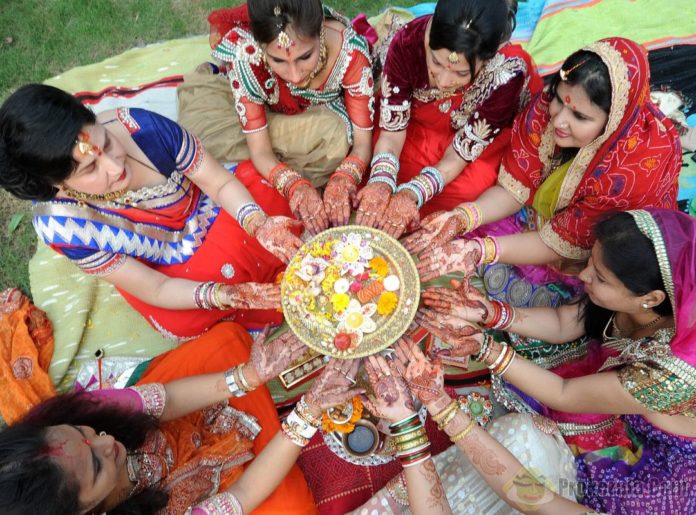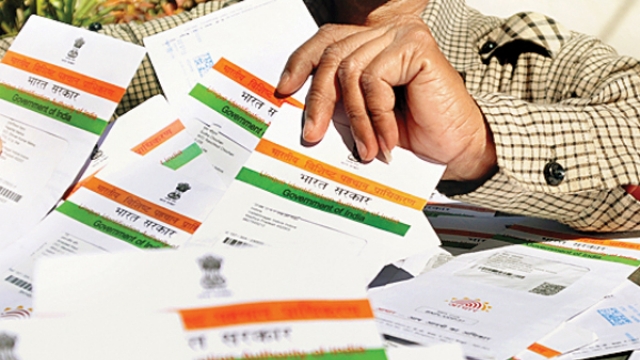As I sit on my office desk trying to concentrate on filling up the blank pages in front of me and craving for a cup of coffee, suddenly I notice a sweet jingling sound of glass bangles. It’s my colleague sitting on the next desk clad in a red saree, beautiful bangles, mehendi on both hands. I look at her in admiration. “What? It’s Karva Chauth today,” she smiles at me.
That’s why! I remember the Mehendi stalls in front of my apartment, which I had not seen before.
So it’s Karva Chauth today. A festival hugely glamorised and popularised by Bollywood. Beautiful designer sarees, precious gold and diamond jewelleries, huge functions, beautiful decorations on the roof, beautiful songs, all those dialogues about “parampara” (tradition) and oh wait, women fasting among all these grandeurs.
For example my colleague, a modern working woman, according to her, she would read the historial background of this immensly popular ritual of fastingfor the well being of one’s husband on internet, in English and will be equally attentive while the neighbourhood auntiji will narrate the Vrat Katha during the pooja in the evening, when all the married women of the locality dressed up in bright colours and dazzling jewellery would sit in a circle and sing a traditional song rotating the Thalis (plates) containing sweets and fruits for their mothers-in-law but she will not question the faith. She will not question why is fasting necessary and that too only for women for the safety and longevity of their husbands? And if that is the case then who the hell is fasting to protect these women from all the dangers? Their husbands are certainly not!
So how come this fast came into being on the first place? Who had this brilliant idea of fasting to protect her husband from all the evils? I started searching the answers on internet and after studying various sites, blogs and articles, it is still a little unclear to me. But the only thing common thing in all the versions is that there was a girl named Veeravati, who lost her husband twice for the two mistakes that she made. Once she lost her husband to death and second time to another woman a maid. So, the story is a way to teach women a moral lesson of virtue and tolerance, which only women need, men do not need to be taught those lessons.



























